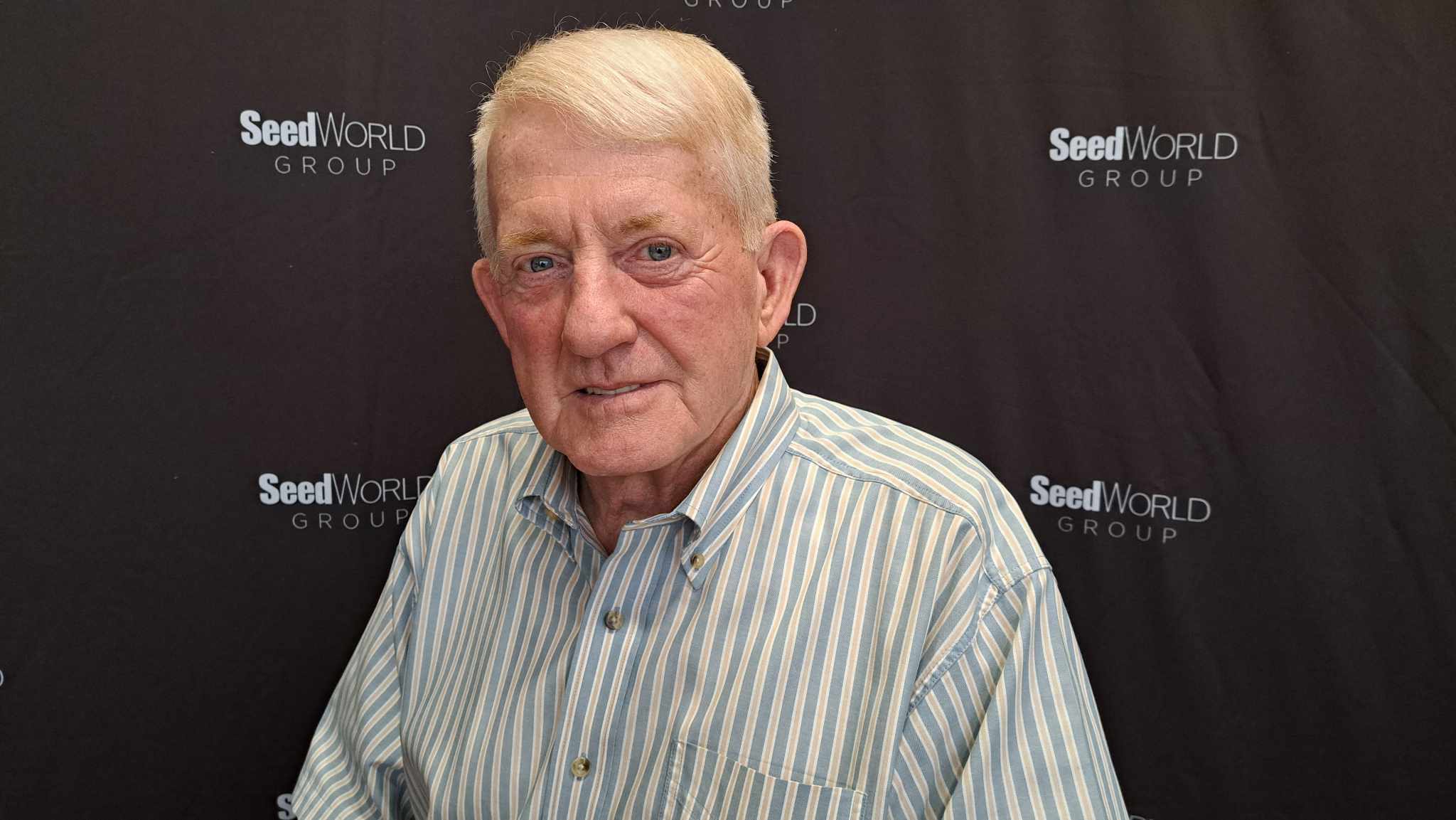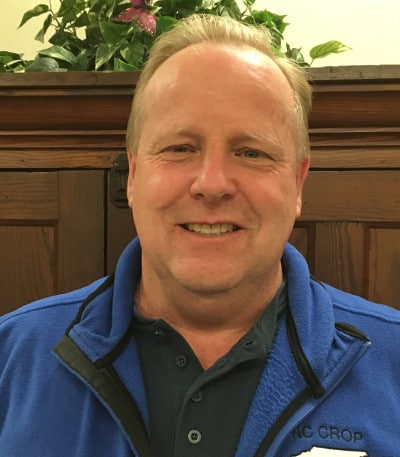Relationships have been a cornerstone of success for the Association of Official Seed Certifying Agencies over its first 100 years, and they remain so as the future rushes in.
Chicago, 1919. The First World War had just ended, and the world was entering an era of not only rebuilding, but of fantastic new possibilities — and risks. In the agriculture sector, a crop breeding renaissance that had started in the late 1800s desperately needed to be properly harnessed.
“Unless there were standards put in place to prevent outcrossing,” explains long-time Association of Official Seed Certifying Agencies (AOSCA) Executive Director Chet Boruff, “all the new varieties being developed at the time would lose their purity.”
In addition, notes Randy Preater of the Canadian Seed Growers Association, “around that time, there were some really innovative types in the experimental stations of Canada’s Department of Agriculture and land grant universities in the U.S. These were people who thought outside the ‘red tape’ box about how to build a system to get improved varieties out to farmers. That thinking helped spur development of ag extension services to bring research results to end users.”
It was in 1919 when representatives from CSGA met with their U.S. counterparts and decided to form the International Crop Improvement Association (ICIA, which became AOSCA in 1968).
In June 2019, AOSCA celebrates its 100th birthday. It’s a milestone that deserves reflection for everyone involved.
It’s obvious off the top that any organization that reaches a century in age has changed in both major and minor ways and faced its share of challenges — and while a strong and still-relevant mandate has been a key to AOSCA’s success, strong relationships have also been essential.
Indeed, in Preater’s view (he’s served in many capacities at the CSGA and is now a special adviser to the group), the shared history of CSGA and AOSCA has been “a history of exchanging information,” whether initially with regulation adoption and adaptation, or more recently, in facing emerging challenges to certification and collaborating on the development of standards for new North American crops such as industrial hemp.
Besides CSGA and 45 U.S. state agencies, AOSCA membership now includes seed certification organizations in New Zealand, Australia, Chile, Argentina, Brazil and South Africa.

“The development of seed grower networks, varietal certification programs and extension services supported by the Department of Agriculture provided a valuable model for many research scientists and seed growers in the U.S.,” Preater explains. “Canada was very involved in ICIA in the early days. It was uniquely positioned as a founding member and I don’t think that was ever forgotten.”
A relationship with Canada would also allow reciprocal recognition of seed certificates. Indeed, trade facilitation was the primary ICIA objective. It was all about creating, says Preater, internationally-recognized minimum equivalent standards for seed certification that would allow seed to move smoothly across the border. A few decades later, AOSCA variety review boards were created, which developed uniqueness eligibility requirements (such as distinct, uniform and stable) for varieties entering seed certification programs, a vital identity assurance function provided in Canada by the CSGA and the Canadian Food Inspection Agency (CFIA).
A significant step on the communication front was taken in 1955, when ICIA members attended a CSGA annual meeting for the first time. “It meant a lot,” Preater says. “It was the forging of relationships that would be important at all times, but critical in a crisis.”
Adaptation to Change
If relationships have been essential to AOSCA’s success, so has been the willingness to evolve as the seed industry has evolved. One example of this, in the view of Dale Adolphe, occurred when private plant breeding in the U.S. started up and companies began branding their varieties instead of certifying them.
“Certification agencies in some states struggled to stay alive,” notes Adolphe, who is a previous CSGA executive director and served in AOSCA for almost 15 years, including as board president. “Among other options, these state agencies looked at certification of organic, non-GMO and insect refuge management. To foster these new areas of certification, AOSCA hired a full-time executive director, Chet Boruff, and that has seemed to work well.”
As the seed industry became more global, AOSCA again adapted. In 2004, its governance model was restructured from a board made up of all its member agencies to a board with two members from each of four regions, one being international. This change, says Adolphe, greatly enhanced the status and relevance of AOSCA on the world stage.
When variety developers wanted verification standards beyond the minimum certification standards, AOSCA (in 2012) added an Additional Certification Requirement (ACR). This scheme allows options from increased isolation distance or previous land use standards to post-harvest seed testing requirements. Recent specific ACR examples in the U.S. include increased (over 30 times) isolation distance certification requirements for the only white-flowering, higher-protein crimson clover.

In Canada, ACR examples include the unprecedented protocols required to certify varietal blends of midge-tolerant wheat varieties. “The insecticide sprays for this midge were difficult to apply, expensive and tough to time, so it was quite a breakthrough by breeders to get this tolerance into wheat genetics,” Preater explains.
“The economic benefits of these varieties for producers were huge, over $40 million per year, but could be quickly lost if the seed was not planted as a 10 per cent blend with a refuge variety. Wheat varietal blends had never been certified anywhere before. Certification up to that point, by definition, was always for one variety.” To certify these varietal blends of midge tolerant wheat, the CFIA revised seed standards and variety developers asked CSGA to use the new ACR option for crop certification.
In the future, as genetic testing becomes more affordable and cost effective, Preater can see some variety developers finding the ACR option useful for unique trait verification.
Opportunities on the Horizon
Going forward — according to those who have been and are still involved with AOSCA — the organization is well positioned to take advantage of more new situations. One of these is the advent of CRISPR and other gene editing advancements.
“It could be huge for small and medium enterprise (SME) variety developers,” says Preater. “Many in agriculture predict these breakthroughs in genetics could lead to more opportunities for SME seed industry innovators. This change could definitely increase the number of variety developers interested in seed certification services for varietal identity verification, additional certification requirements and other new services from AOSCA.”
But whether its genetic techniques or other industry developments, the fact that AOSCA members can act independently and be responsive to the needs of their local markets is a definite strength.
“We have 50 member organizations across eight countries,” notes current AOSCA board president Bill Foote of the North Carolina Crop Improvement Association. “That means a lot of collective knowledge. We have lots of retirees who are still active in various programs. This amount of experience is a real bonus.”
However, Boruff adds that, “Across the board, we need to build the next generation of this industry. Experience and historic knowledge are very important, but we also need to get the word out that there are good and fascinating careers in this industry and attract talented young people.”

In terms of current directions, Foote is of the view that AOSCA should expand current services and also add new ones.
“We do a lot of counter-season multiplication of seed, and there is growth there for all countries,” he says. “I think AOSCA needs to keep its eyes open for non-traditional certification opportunities that might come up, such as auditing and verifying acreages. I also think there is the opportunity to offer different levels of certification. We need to ask seed producers what else they need, while maintaining our traditional services too.”
Because traceability and transparency in the food system has never been a bigger issue, Boruff believes ASOCA’s services will continue to be in demand. “Gene editing is very exciting and will lead to changes we can’t even imagine yet,” he says. “It may enable traits to be turned on in old varieties and give them an entirely new life. Consolidations are happening in the industry, which is a concern, but at the same time, new crops like industrial hemp and new companies of all types are also entering the industry.”
“Keeping up with the pace of change is not easy,” he concludes, “and the pace is likely only to increase. But I believe, as they always have, AOSCA and its member agencies will keep up.”












